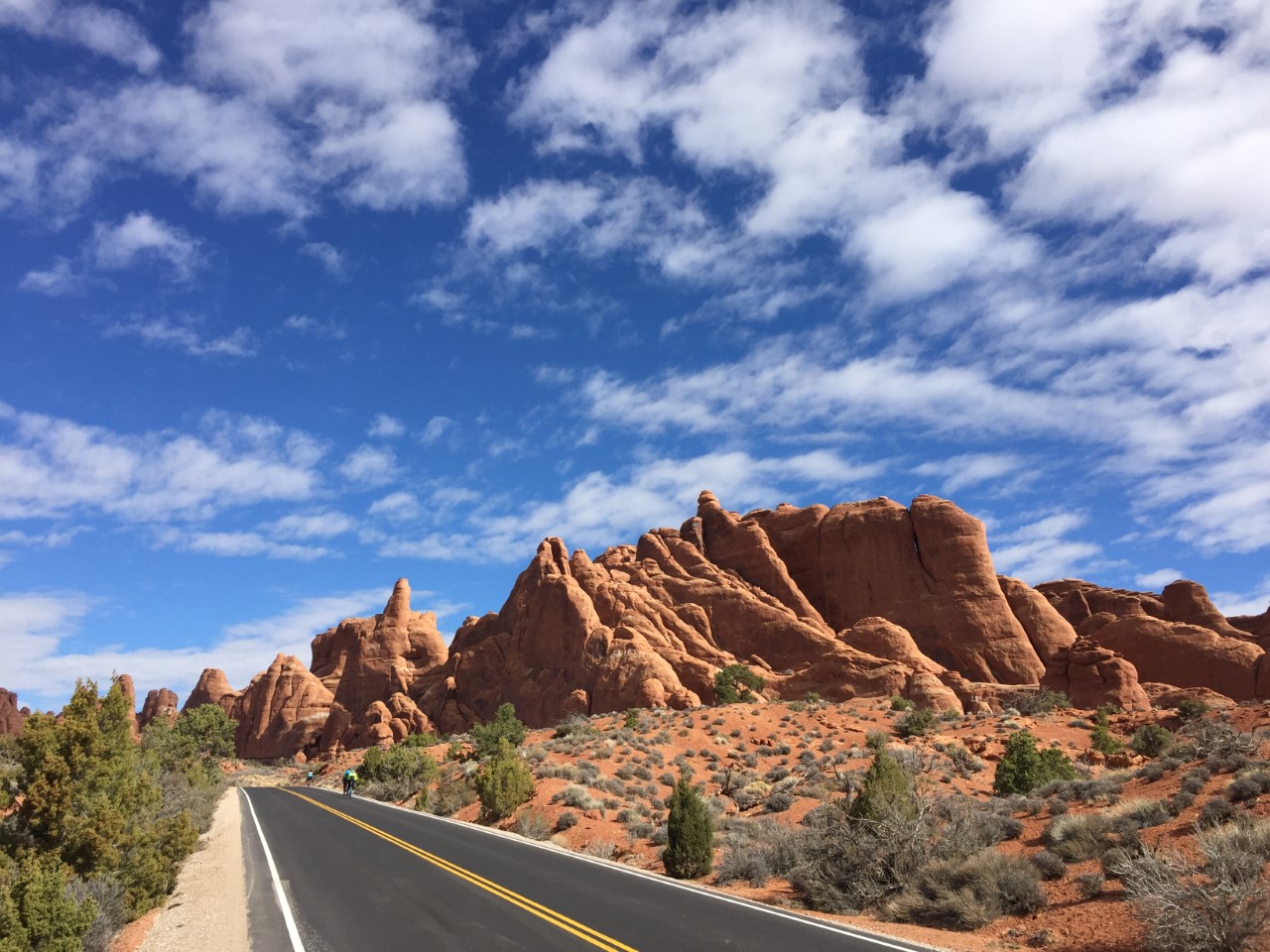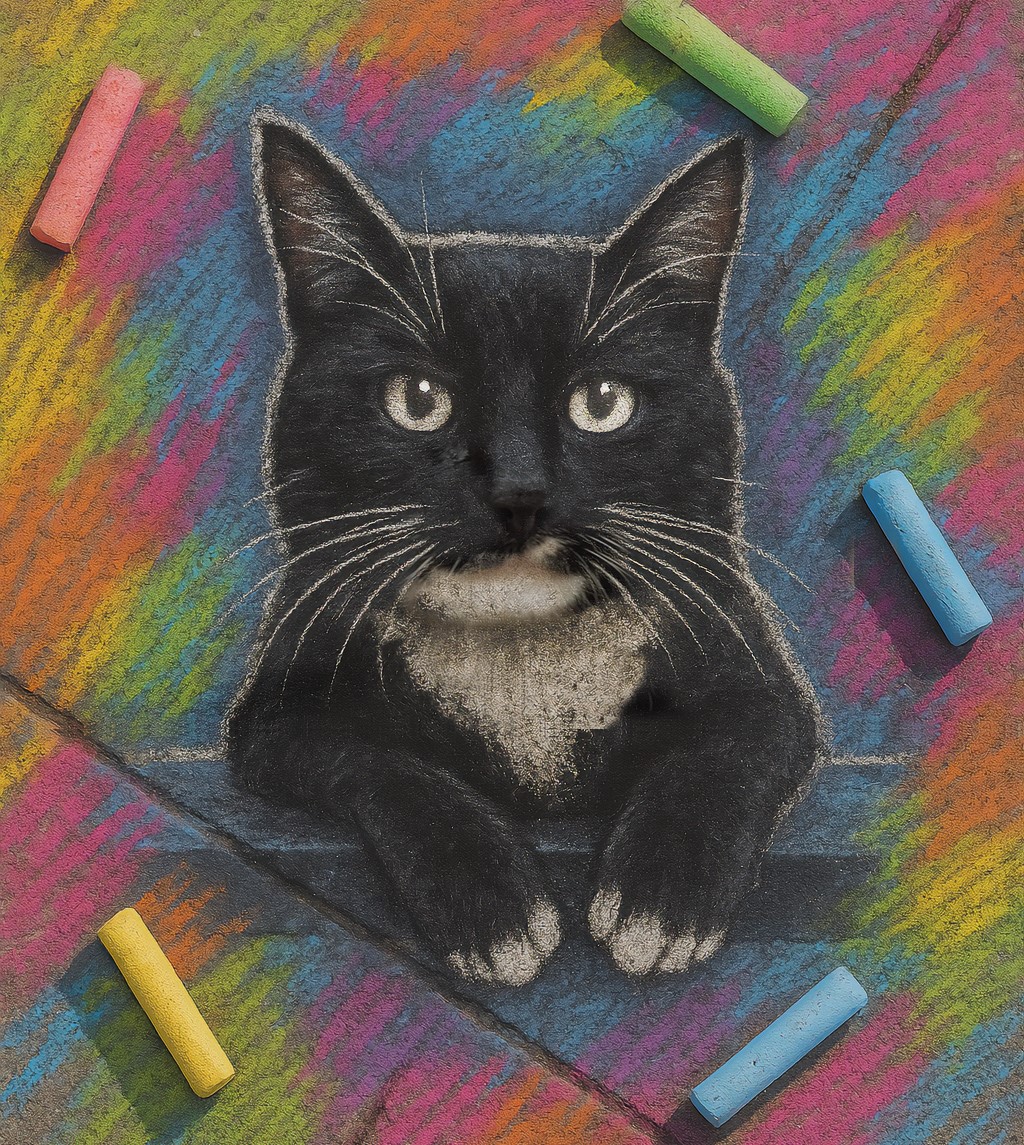Some information may be outdated.
Over twenty years ago, Mark Griffith, an avid cycler, lost his brother to cancer.
“When my brother passed, I was looking for a way to heal,” he said. “Being around somebody that succumbs to cancer is just horrible. You’re left feeling kind of helpless. For me, taking a physical sport and making it purposeful seemed like a way for me to heal, but also a way to do something about it.”
Griffith started the Skinny Tire Bike Festival, a cycling event in Moab that donates a portion of its registration costs to a variety of cancer survivorship and research programs, such as infusion therapy at the Moab Regional Hospital and the Huntsman Cancer Institute in Salt Lake City. In the years since the festival has been running, thousands of cyclists have participated and donated over $5 million.
The 2022 festival will run from March 12-15 on four different routes: 64 miles to Dead Horse Point State Park, 48 miles down Highway 128, 42 miles through Arches National Park, and 38 miles on Potash Road. Griffith picked the routes based on traditionally popular cycling roads in Moab, he said, and also to provide a variety of landscapes for cyclists who have never biked in Moab before.
“To be able to ride your bike through Arches National Park, that’s the way to see a national park,” he said. “Just on your bike, slow and smooth. It’s just marvelous what you see, and what you can miss when you’re driving in a car.”
This year, Griffith said about 600 cyclists will participate in the event—registration closed on March 9. Half of the participants are regional with the other half being a mix of cyclists from other states and a few who traveled from other countries.
The event has been steadily growing since its first year, he said. Moab is an especially unique place to host a road cycling event since it’s such a mecca of mountain biking, Griffith said, but that’s what also makes it so exciting for cyclists.
Some of the cyclists are cancer survivors, Griffith said.
“It’s an inspiration for them, while they’re going through treatment. It’s like a target—they want to get to the other end, to get back on the bike and be able to come to ride the event and participate to honor themselves and everyone else,” he said. “Plus, it’s enjoyable.”
The festival’s organizers, Griffith included, provide good support on the route, including shuttles that will pick up the bikers.
“There’s no shame here,” he said. “We encourage people, if they’re on a section that’s a little too tiring, by all means, make a phone call and a shuttle will come pick you up and take you to the top. Ride what you want to ride.”
There’s a broad variety of experience in the participants, Griffith said—some are beginners, some are amateur competitors who use the Moab event to begin their training for the season.
“I became pretty familiar with how many people are affected by cancer,” Griffith said. “If not yourself, a family member, a co-worker, a friend. I felt the festival would be a way for everybody to gather and a way for us collectively to put some money together toward some specific programs to make a difference.”
Appreciate the coverage? Help keep local news alive.
Chip in to support the Moab Sun News.





